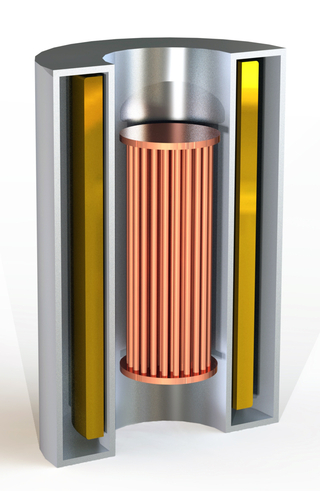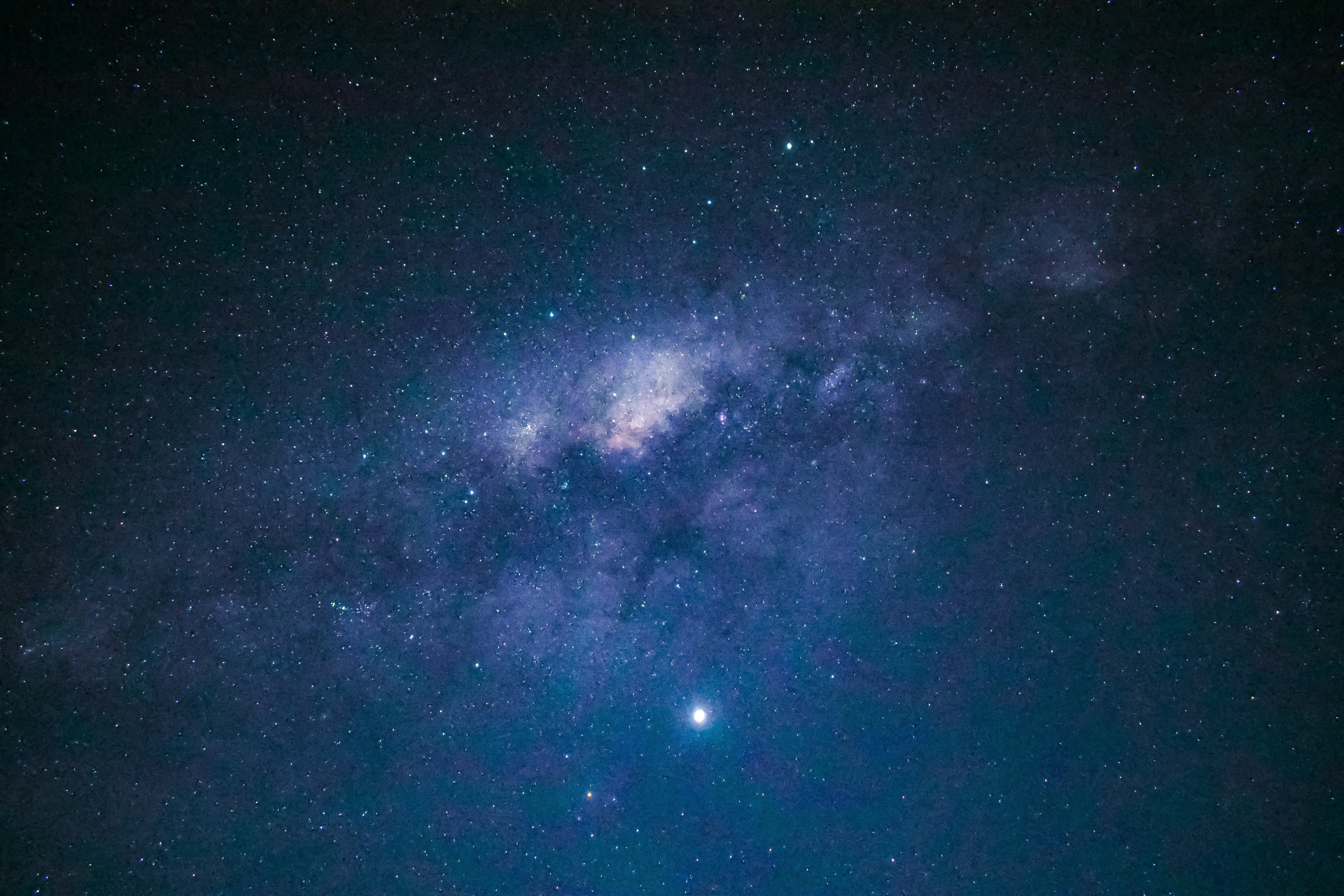The nature of dark matter is one of the longest enduring cosmological mysteries. The axion is one of the few candidates for dark matter that would not only explain most of the matter in the universe, but another outstanding problem in physics: why is the strong force time-symmetric? The ALPHA (Axion Longitudinal Plasma HAloscope) Consortium is working to detect the axion and help explain the underlying structure of the universe. By using a wire metamaterial to create an artificial plasma with designer properties, ALPHA will create a kind of “radio” capable of picking up axion dark matter.

ALPHA Collaboration Logo
The ALPHA Consortium was formed in May 2021, bringing together physicists from around the world, involving researchers at Stockholm University, UC Berkeley, MIT, ITMO, the University of Arizona, Cambridge, the University of Maryland and UC Davis with the goal of developing a novel axion-detector – a plasma haloscope.
The ALPHA Collaboration was formed during its inaugural meeting at the Wright Lab in September 2023, when Yale University joined the ALPHA experiment. The experiment will be located in the Wright Lab.
Finding the axion is a bit like tuning a radio: you have to tune your antenna until you pick up the right frequency. However, rather than hearing music, experimentalists in ALPHA would be rewarded with ‘hearing’ the dark matter that the Earth is traveling through. This signal is extremely weak, so it requires a powerful antenna and a very low noise environment to be detected.
Searching For Dark Matter with Plasma Haloscopes
In October 2022, we published a white paper describing our efforts:

Figure 1: Schematic for ALPHA experiment’s concept
ALPHA Concept
A tuneable wire metamaterial is placed inside a high Tesla solenoidal magnet and tunes into different potential axion frequencies, using ultra-low noise electronics to read out any resulting signals.
Inside a magnetic field, axions generate a small electric field that can be used to drive oscillations in the plasma. A plasma is a material where charged particles, such as electrons, can flow freely as a fluid. These oscillations change the wavelength of light in the material, leading to a better “axion radio” by matching the wavelength of light to that of the axion. Unlike traditional experiments based on resonant cavities, the size of the plasma is not limited by the Compton wavelength of the axion, thus giving a larger signal at high frequencies. The difference is somewhat like the difference between a walkie-talkie and a radio broadcast tower.
The plasma must be cold, have low loss, and have a tunable plasma frequency. Wire metamaterials have exactly these properties, as they can be tuned by modifying the geometry of the wires. This artificial plasma is then placed inside a strong (10,000 times stronger than a fridge magnet) large-bore solenoid magnet. Ultra low-noise electronics would then be used to amplify any resultant signal operating in the range of 5-50 GHz.

Figure 2: Axion parameter space. ALPHA Stage I is designed to cover the green region and pink region in Stage II.
Axion Parameter Space
The figure shows the axion parameter space, which shows the dimensionless axion-photon coupling constant as a function of the axion mass. This dimensionless coupling is defined so that it is O(1) for models that solve the strong CP problem regardless of the axion mass. The existing limits from haloscope experiments are shown in grey. The extended QCD axion model band is shown in yellow, with traditional KSVZ and DFSZ models as black lines. ALPHA is designed to explore the parameter space favored by predictions for axions produced in a post-inflationary scenario assuming a scaling solution [see e.g. Buschmann et al., Nat Commun 13, 1049 (2022)]. The region to be explored by ALPHA’s Stage I is shown in green and Stage II in pink, covering a significant portion of well-motivated parameter space.
